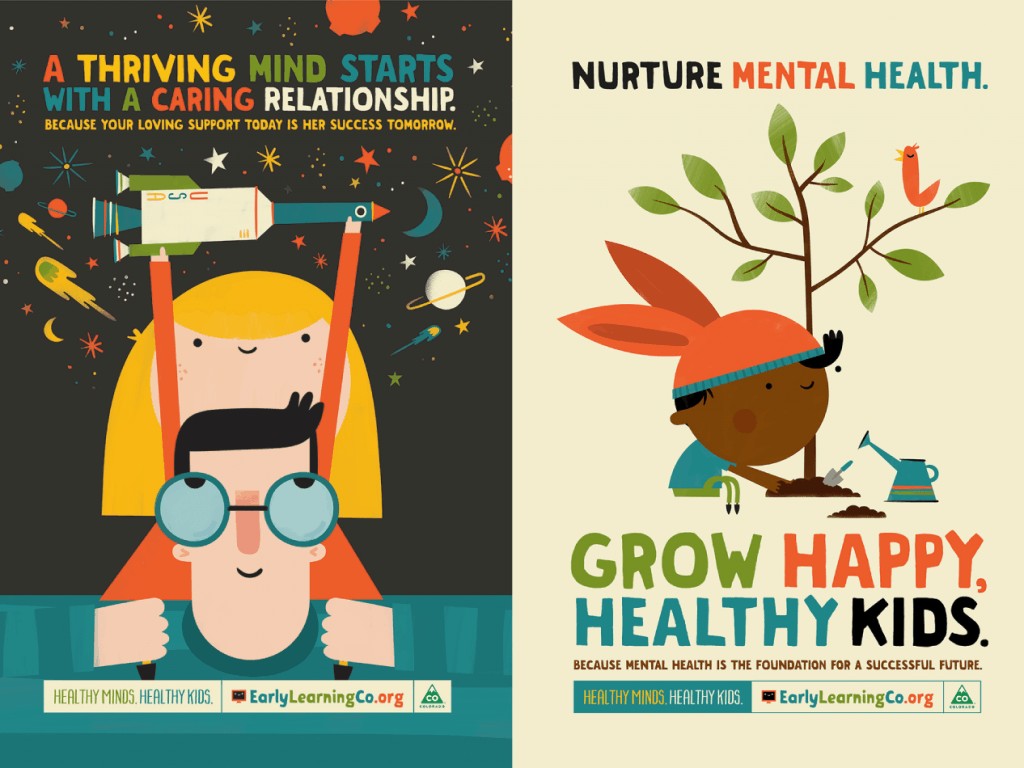
The social impact generation (i.e., Millennials and Gen-Z) don’t just want products and services that meet their needs; they’re demanding that brands also have a positive social impact.
As private-sector businesses struggle to identify or tell the story of how they give back, they throw everything at the wall to see what sticks. Their efforts are disjointed and fragmented at best.
In this blog we explore how nonprofits can support private business by making them more relevant to the social impact generation, and how private business can hone their corporate social responsibility (CSR) efforts so that they better resonate.
It starts with a Point of Relevance
Where private businesses go wrong is that they are not discerning in how they choose to invest their time and dollars in being a socially responsible company.
For corporate responsibility to be meaningful it needs to have a Point of Relevance (POR) to the organization. Think of the POR as the obvious connection between the private entity and the causes and issues it supports.
For example, I recently met with a friend in the residential construction field whose organization was supporting children’s arts organizations. He and I both struggled to find the connection between real estate and the arts because there is no obvious POR between real estate and the arts.
While well-intentioned, it just feels like a throwaway.
A more natural POR for a real estate company would be to support affordable housing. It’s directly related to their for-profit work and it makes for a more compelling story (e.g., “For every house we build, we give back $1,000 to support children’s arts programs” vs. “For every house we build, we give back $1,000 to build affordable housing in the community”).
The Point of Relevance: An opportunity for nonprofits?
While private businesses try to connect dots between their work and corporate social responsibility programs that just aren’t there, nonprofits are in the unique position to tell their story and provide that POR that makes the business’s commitment to CSR relevant.
Start by identifying for-profit businesses that have fragmented CSR programs and that have a logical nexus to your issue or cause, or by finding a corporate partner with no CSR programming but a large younger customer base.
Review your messages. Ensure that they connect the dots between your cause/issue/programming and your prospective corporate partner.
You can do this by illustrating how the work you do directly benefits their organization (e.g., feeds their talent pipeline, creates a more advantageous environment in which they can conduct business).
Additionally, ensure that your messages demonstrate how their contribution advances the cause in meaningful and tangible ways. Back those messages up with data for extra impact.
Last, think creatively about the ask. Your potential corporate partner’s contribution does not need to be in cash. For example, fashion retailer H&M’s Garment Collecting Program donates used clothing to second-hand stores in developing markets, which then generate revenue by selling the inventory.
There’s work to do even if you find yourself in the lucky position of already having a corporate partner. As more private businesses awaken to the importance of a POR in their CSR efforts, you will need to shore up that commitment by deploying some of the tactics above. If your organization has no POR to your partner’s business, you might want to start exploring new partners.
Considerations if you’re the CSR sponsor
If you are on the other side of the equation (i.e., a private entity investing in corporate social responsibility), it’s time to take a good hard look at your CSR efforts to determine if there really is a POR.
Consider:
- Is there a logical nexus between your work and that of your nonprofit partner?
- How are you telling that story?
- Do you have messages that connect those dots?
- How are you weaving that commitment into your brand?
- What mediums are you using to disseminate that story? Are they the mediums that the social impact generation uses? If you’re telling that story in a year-end report that lives in the investors relations section of the company website, you may want to rethink that strategy.)
Remember, fragmented efforts or those with no Point of Relevance to your work will not achieve many of the objectives you might expect them to. It does virtually nothing to enhance your brand in the eyes of the social impact generation – not to mention, it probably has very little positive impact on the issue.





